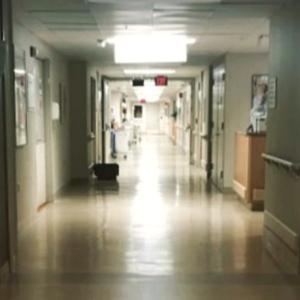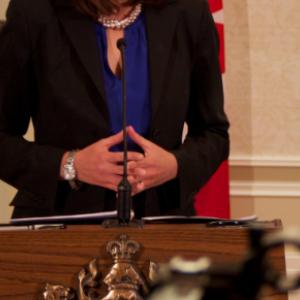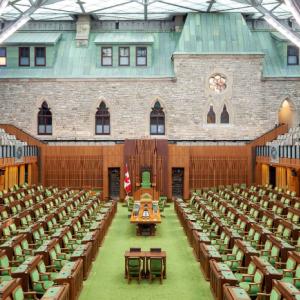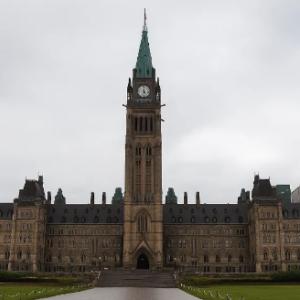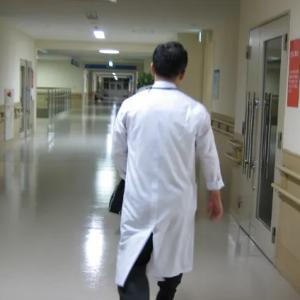I traded my U.S. medical career for life in Canada. Here’s how the two health systems stack up.
After more than a decade practicing emergency medicine in the United States, I very recently began working shifts in Canada. The differences hit me immediately, and are profound.
What follows are a series of working hypotheses — early impressions shaped by firsthand experience and years of health policy work in the U.S. I expect they will evolve with time, but they already point to important contrasts in how both countries approach medicine, physician autonomy, and the doctor-patient relationship.
Some of these ideas are testable, others live in the cultural texture of practice. Either way, they reflect something real.
Canadian doctors have more clinical freedom
In the U.S., clinical judgment is routinely second-guessed by insurance companies, hospital administrators, and federal agencies like the Centers for Medicare and Medicaid Services.
Quality metrics were initially designed to benchmark care — like ensuring patients with chest pain receive aspirin in the emergency department — and many have value. But metrics tend to focus on what can be easily measured, not necessarily what actually matters most to patients.
Some metrics are overly broad or irrelevant to real-world outcomes. Others are designed less to improve care than to enhance billing efficiency and maximize return on investment for third-party stakeholders.
In Canada, the relative absence of this pay-for-performance bureaucracy gives physicians more freedom to think critically, treat patients as individuals, and discuss options openly. Up here, clinical judgment is assumed to be part of the solution, not the problem. That trust has long been eroded in the U.S.
In Canada, burnout means something different
In the U.S., burnout is often portrayed as a personal failing, or a lack of resilience in the face of endless work. But for many, it’s a rational response to a system that often demands we practice below the standard of care while pretending otherwise.
In Canada, burnout still exists. The hours are long, and resources are stretched. But the moral injury feels less acute. Most Canadian doctors still believe they’re working in a system that’s fundamentally trying to do the right thing. That kind of alignment matters.
In the U.S., defensive medicine is a feature, not a bug
The U.S. relies on lawsuits as its primary method of quality control — not because this is effective, but because organized medicine blocks meaningful professional accountability, leaving no other option.
America’s litigation culture fuels defensive medicine, inflates costs, and distorts clinical care. It also reinforces a transactional relationship with patients. People spend enormous sums on American healthcare, so they expect results, even when outcomes are uncertain. When expectations don’t match reality, blame follows. This dynamic leads to fear, not trust.
In the U.S., the ER is the last safety net for everything
American emergency departments treat not just medical problems but the downstream consequences of poverty, housing instability, addiction, and a gutted social safety net. Every broken part of the system eventually lands in the ER.
In Canada, where social supports are (relatively) stronger, most patients come in with medical problems — not unsolvable social ones. The work is still demanding, but the emotional load is different. I feel like I’m practicing medicine again.
Yes, the waits are long. But access to care is worth the wait
In some cases, patients spend 8 to 12 hours in the ER for non-urgent complaints. Critically ill or injured patients are triaged and treated immediately, as they should be.
The bottlenecks are real, and they reflect broader staffing shortages. Canada, like the U.S., needs more doctors, nurses, and advanced care practitioners. The current crisis of trust in science and medicine in the U.S. is an historic opportunity for Canada to recruit some of the brightest young American doctors — something I recently wrote about here.
But people are willing to wait. Because when they do get seen, they’re not hit with a bill that could bankrupt them. There aren’t thousands, tens of thousands, or hundreds of thousands of dollars in charges. Most patients I’ve encountered would gladly accept temporary inconvenience over the financial trauma that too often follows a trip to a U.S. hospital.
Shared decision-making isn’t real in U.S. ERs
In theory, “shared decision-making” sounds great. In practice, it doesn’t exist in the U.S. — at least not in emergency medicine. If a patient refuses care, or if a compromise is reached that accounts for their beliefs, values, or financial concerns, the physician still bears the legal risk if the outcome turns out poorly.
Every shift, we’re forced to navigate a system where liability is absolute, and clinical nuance is punished. What should be a collaborative process becomes a defensive one — balancing medical judgment with the constant threat of legal exposure.
In Canada, those conversations feel different. Patients are more receptive. Doctors aren’t acting out of fear. And the decisions we make feel more genuinely collaborative. As a result, interactions with patients are less adversarial. Physicians seem to be trusted more here. That trust changes the dynamic in subtle but meaningful ways.
Canadian medicine still feels like a public service
American healthcare has become a business enterprise. From the moment patients walk in, billing codes are generated. Every decision, every order, every discharge is filtered through a financial lens. “What do I get?” isn’t just a question patients ask. It’s the organizing principle of the entire system.
Canadian doctors care for their fellow citizens in a system designed — however imperfectly — for the public good. That idea still holds power.
The exception: professional gaslighting is universal
Canada isn’t immune from professional gaslighting. As an emergency physician, I regularly consult specialists when patients need urgent admission or specific care.
In both systems, I’ve encountered colleagues who delay or deny these requests, with unscientific clinical reasoning that amounts to telling me to practice medicine below the standard of care. As a matter of principle and in the name of patient safety, I respectfully (and at times not so respectfully) decline to take this advice.
In the U.S., this happened to me all the time — sometimes with deadly consequences. In Canada, it’s less frequent but still present. I’ve already been lied to once. It raises questions: is this burnout? Culture? A structural issue that hasn’t been named yet? I don’t know, but I intend to find out.
Final thoughts
One of the starkest differences I’ve seen is how patients show up.
In the U.S., many arrive carrying the weight of economic despair, housing insecurity, and unaddressed trauma. You spend more time managing social crises than medical illness. In Canada, where people don’t fear bankruptcy for seeking care, patients come in and they just talk to you, about doctor things. That’s a profound relief, for them and me.
Burnout, I’ve come to believe, isn’t just about time or tasks. It’s about purpose, alignment, and whether you believe the system you work in deserves your sacrifice. In Canada, that belief feels more plausible. And that changes everything.
---
Code Black is a physician now practicing in B.C. after immigrating from the U.S. late last year. He writes under a pseudonym due to fear of further retribution from members of U.S. medical leadership and U.S. government officials. His identity has been verified by Canada Healthwatch.

